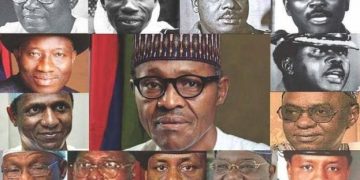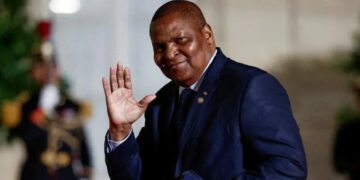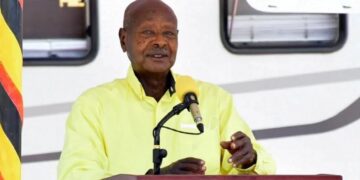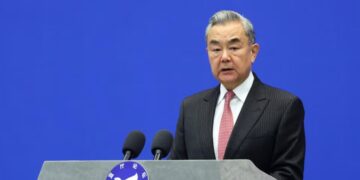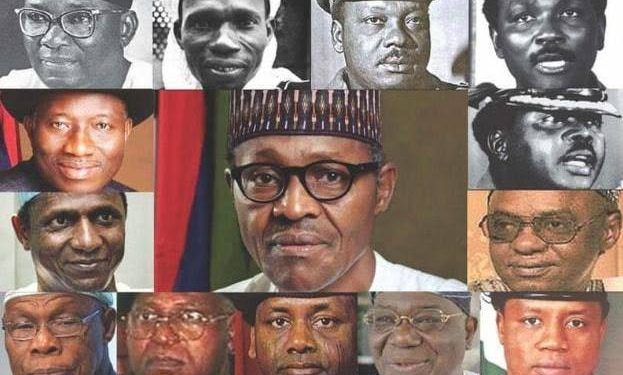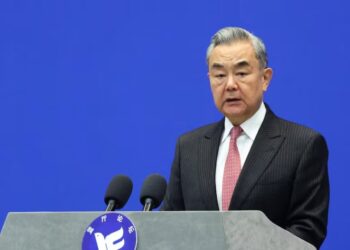By John Ikani
A ranking in terms of GDP performance of each Presidential Administration since independence reveals that Nigeria made the highest average per capita income under Goodluck Jonathan at $2,792.
Under his predecessor, Musa Yar’Adua, it was $2,138 per head, according to data from the World Bank.
President Muhammadu Buhari’s tenure as of 2020 had averaged $2,097. This is followed by Mr Shagari whose administration averaged $1,530, followed by Mr Obasanjo’s eight-year democratic rule with $1,064
The lowest regime averages were recorded under Mr Abacha with $455; Mr Shonekan, $321; Mr Gowon, $223; Mr Aguiyi-Ironsi, $124; and Tafawa Balewa, $105 in the First Republic.
The years between 2002 and 2020 returned the highest per capita income, with 2012 to 2014 having the highest respective returns. 1980 to 1985, under Messrs Shagari and Buhari, were the only years outside of the 21st century ranked in the top 25.
Unsurprisingly, the immediate years after independence had the lowest per capita record.
Significance of the rankings
The value of Nigeria’s Gross Domestic Product is the reason it is often referred to as the largest economy in Africa, and this is often the selling point for successive administrations in the country.
So this explains why every Nigerian government is quick to flaunt a rise in GDP, as did President Buhari in the televised 61st Independence broadcast on Friday.
“We recovered from economic recession in quarter four of 2020 with a GDP growth rate of 0.11%, and grew by 0.51% and 5.01% in real terms in the first and second quarters of 2021,” the Nigerian leader said.
However, because GDP growth does not mean improved standard of living and quality of life of a population, GDP per capita becomes an alternative measure to estimate the average amount in the pocket of each person in a country.
It is measured by dividing the country’s GDP by its population.
